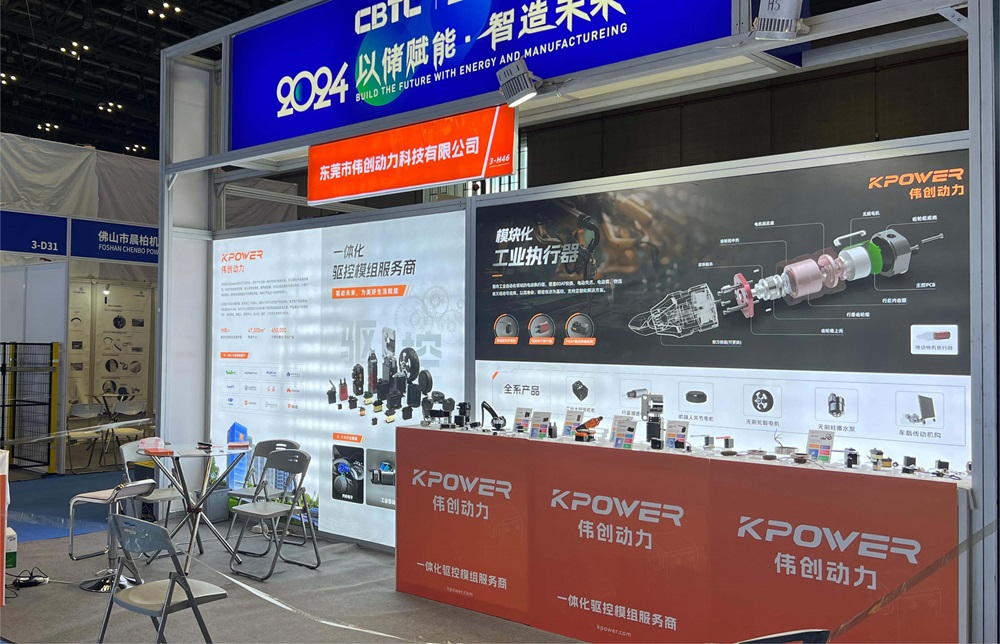part 1:
When venturing into the vast universe of Arduino-powered projects, few components are as pivotal—or as fascinating—as servomotors. Whether you’re building a tiny robotic arm, animating a drone, or crafting an automated camera system, understanding the different types of servomotors available can be a game-changer for your project.

What is a Servomotor?
In simple terms, a servomotor is a rotary actuator that allows precise control of angular position. Unlike regular motors that only turn on or off, servomotors can rotate to exact positions, hold them, or move smoothly between points. This precision is what makes them ideal for robotics, automation, and any application requiring controlled movement.
Why Use Servomotors with Arduino?
Arduino microcontrollers offer an accessible platform for hobbyists and professionals alike to program and control servomotors. They are straightforward to interface with, support various servos through libraries like the standard "Servo.h," and enable users to execute complex motion sequences with simple commands.
Types of Servomotors: An Overview
The term "servomotor" can refer to a broad spectrum of motor types categorized by their design, mechanism, and control method. Here’s a quick preview:
Brushed DC Servomotors: Classic design featuring brushes for commutation. Brushless DC (BLDC) Servomotors: More efficient, longer-lasting, with electronic commutation. AC Servomotors: Typically used in industrial automation, requiring AC power. Coreless Servomotors: Known for rapid acceleration and smooth motion. Positional Servos: Standard hobby servos designed primarily for precise angular positioning. Linear Servos: Convert rotational motion into linear movement (though less common with Arduino).
To truly understand which type is suitable for your project, let’s delve deeper into each category.
Standard Hobby Servos (Positional Servos)
These are the most familiar servomotors for Arduino hobbyists and are often what people mean when they talk about "servos." They are small, inexpensive, and designed for simple, angular movements—typically covering a range of about 0° to 180°.
How They Work: They include a small DC motor, gear train, a potentiometer for position feedback, and control circuitry. When you send a PWM signal to the servo, it moves to the corresponding angle.
Advantages:
Easy to control with Arduino. Inexpensive. Compact and lightweight. Adequate for most hobby projects.
Limitations:
Limited torque and power. No control over speed or acceleration beyond what the PWM signal dictates. Typically not suitable for demanding industrial applications.
Continuous Rotation Servos
A twist on the classic hobby servo, these servos rotate infinitely in either direction. Instead of position control, they interpret the PWM signal as a speed command.
Good For: Robotics applications requiring wheels or continuous movement.
How They Differ: They lack a physical stop at 0° or 180°, offering 360° of rotation.
Considerations:
Control is based on the duty cycle of PWM. Less precise in terms of position but great for mobile robots.
Coreless Servomotors
Coreless servos are improvements over traditional hobby servos. They feature a coreless motor—meaning the rotor is a hollow cylinder—offering faster response times and smoother movement.
Benefits for Arduino projects:
Quicker acceleration. Less cogging (irregularities in motion). More responsive and precise control.
Applications: High-performance robots, drone gimbals, or camera stabilization.
Brushless DC (BLDC) Servomotors
These are advanced, high-efficiency servomotors common in industrial, aerospace, and high-end hobby applications.
Key features:
No brushes, leading to less wear and longer lifespan. Require electronic controllers called ESCs (Electronic Speed Controllers). Offer higher torque, efficiency, and speed control.
Use with Arduino:
Requires specialized drivers. Suitable for complex applications, such as robotics arms or drones.
AC Servomotors
Primarily used in industrial automation, including manufacturing and CNC machines.
Features:
Powered by AC. Very precise and capable of high torque. Require dedicated control units and feedback mechanisms like encoders.
Relevance for Arduino:
Less common for hobbyists due to complexity and power requirements. Usually integrated into larger automation systems.
This overview sets the stage for choosing which servo type fits your project's needs. While hobbyists tend to favor standard hobby servos or continuous rotation types because of their simplicity and affordability, industrial and high-performance scenarios might call for brushless or AC servos.
In the next part, we'll explore practical applications, how to choose the right servo for your project, and some tips for integrating these motors with Arduino. Whether you're aiming for a cute robotic arm or a sophisticated automation setup, understanding the nuances of each servo type will empower you to select the best component for your desired outcome.
Kpower has delivered professional drive system solutions to over 500 enterprise clients globally with products covering various fields such as Smart Home Systems, Automatic Electronics, Robotics, Precision Agriculture, Drones, and Industrial Automation.




































